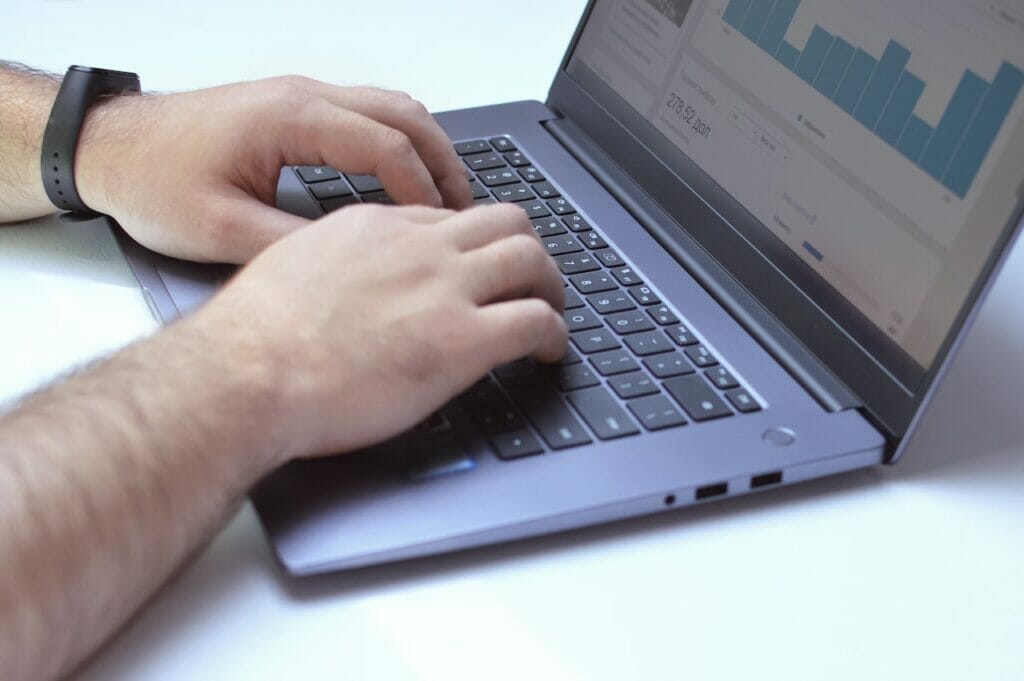Address
Electronic City, Phase 1
Bengaluru - 566 100
Work Hours
Monday to Friday: 9 AM - 6 PM
Schedule a Demo
Address
Electronic City, Phase 1
Bengaluru - 566 100
Work Hours
Monday to Friday: 9 AM - 6 PM
Schedule a Demo

Precise follow-up emails can increase the reply rate significantly!
A follow-up email is a crucial tool in professional communication, particularly after an initial outreach. It allows one to maintain contact with the recipient and provides an opportunity to reinforce the message conveyed earlier, offer further context or information, and keep them informed of any updates or changes. Follow-up emails are a simple yet effective way to build rapport and establish a mutually beneficial relationship with the recipient while keeping the conversation going.
Follow-up emails can serve a variety of purposes, such as:

Follow-up emails should be polite, concise, and focused on the recipient’s needs or interests. They should be written in a professional and friendly tone, and should include a clear call to action or next steps. Effective follow-up emails can help build relationships, increase engagement, and ensure that everyone is on the same page.
You can improve your follow up email sequence by following these effective tips!
Personalize your follow-up emails
When writing follow-up emails, it’s essential to personalize them as much as possible. This means addressing the recipient by their first name and mentioning something specific that relates to their situation. Additionally, using a friendly and conversational tone can help increase the effectiveness of the email in creating a positive impression with the recipient.
Keep it concise and to the point
When crafting follow-up emails, it’s important to keep the content concise and straightforward. Your message should be easily comprehensible to the recipient and focused on key points that you want to convey. Avoid adding too much unnecessary detail or fluff that could make your email appear cluttered or confusing. By keeping things clear and to-the-point, you’ll increase the likelihood of getting a response from your recipient.
Provide Value
When it comes to follow-up emails, it’s important to provide something useful for the recipient. This could be anything from a helpful resource or an article that’s relevant to their interests, to offering a solution for a problem they’re facing. By providing value in your follow-up, you increase the chances of receiving a response and building a stronger connection with your contact.

Use a clear and compelling subject line
When crafting an email, it’s important to create a subject line that is both clear and concise. Your subject line should be an accurate representation of the content within your email while also being compelling enough to catch the recipient’s attention and encourage them to open it. A well-crafted subject line can make all the difference in getting your message read or ignored.
Include a call to action
When crafting a follow-up email, it’s important to include a clear call to action that prompts the recipient to take action. Whether it’s setting up a meeting, providing feedback, or answering a question, a compelling call to action is essential for achieving your desired outcome and avoiding ambiguity.
Timing is everything
Follow-up emails should be sent at the appropriate time. If you are following up on a specific event, such as a meeting or conference, send the email within 24-48 hours. If you are following up on a sales opportunity, wait a few days to give the recipient time to consider your proposal.

Test and refine your approach
Continually test and refine your follow-up email approach. Monitor your open rates, response rates, and engagement levels to determine what works best for your audience. Use this information to improve your approach and increase the effectiveness of your follow-up emails.
Bonus Tips:
1. Keeping the emails in the same thread is a good idea.
2. It is important to incorporate as much personalization as possible.
3. Make sure your email content is short, aim for 150 words or less.
4. Persistence in follow-up is necessary, but in moderation.
5. For best results, adjust your campaign based on the prospect’s time zone.
6. Should you not get a response, try getting in touch with another member of the organization.
When it comes to following up with leads, having multiple email sequences is a best practice. It’s recommended to have at least 7 follow-up emails for each point of contact. It’s important that the tone of your emails is professional and conveys that you are busy. Avoid focusing on gossip or irrelevant topics, unless you are a community e-magazine.
By doing so, you’ll increase your chances of building and maintaining successful business relationships.